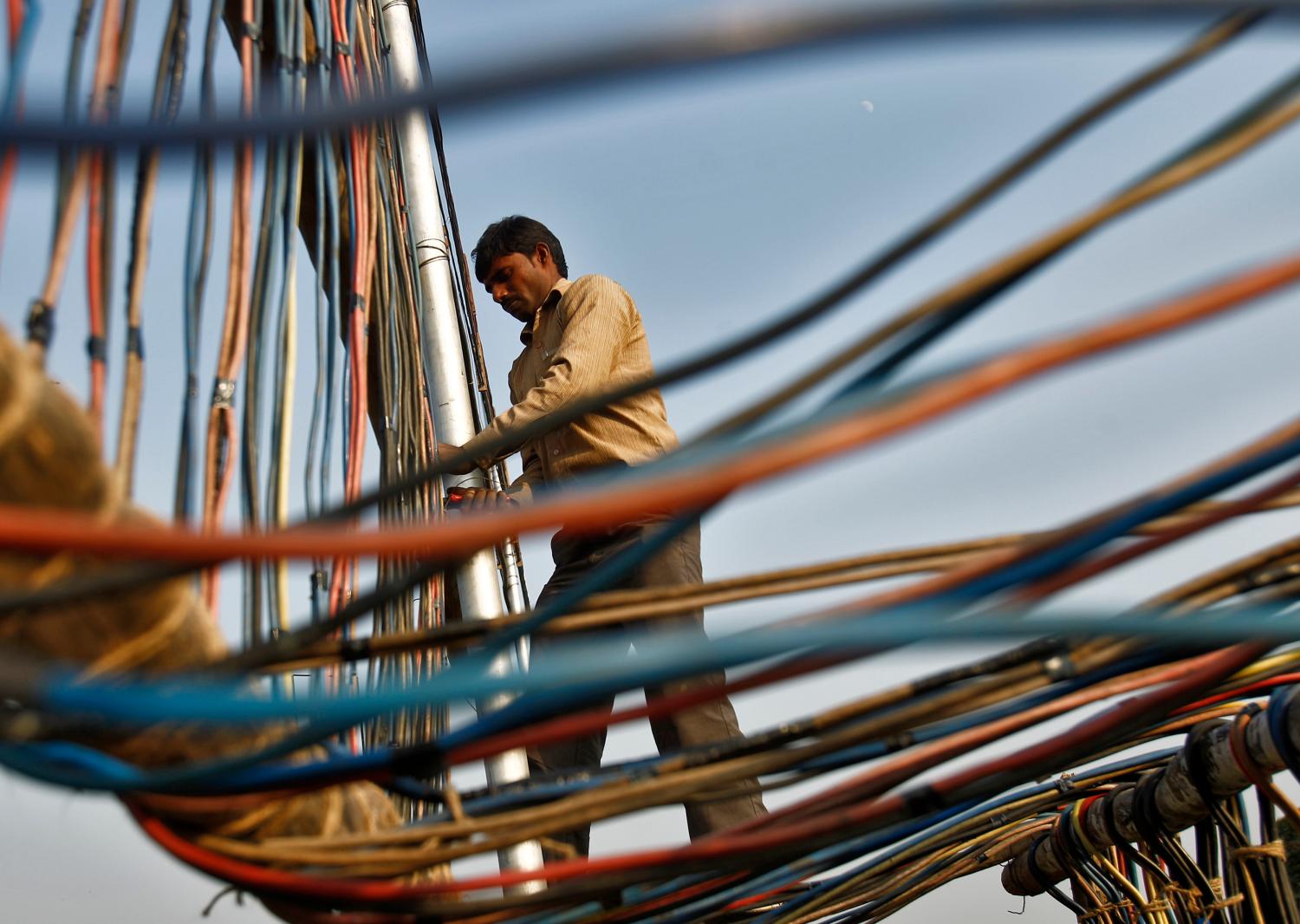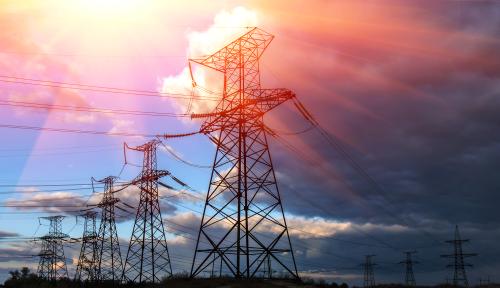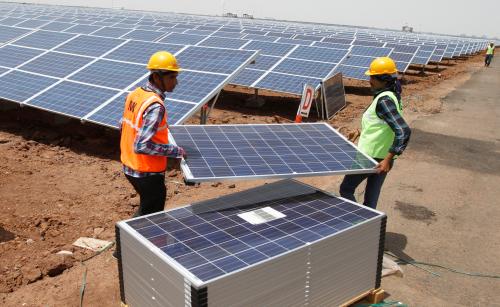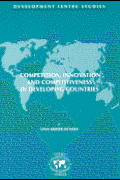Content from the Brookings Institution India Center is now archived. After seven years of an impactful partnership, as of September 11, 2020, Brookings India is now the Centre for Social and Economic Progress, an independent public policy institution based in India.
In this India-U.S. Policy Memo, Rahul Tongia explains how the India-U.S. energy relationship can strike a balance between pure cooperation and competition toward a middle ground dubbed “coopetition”.
The U.S. is the second largest energy consumer in the world, and India is soon to become the third. The U.S. already has a large consumption base; India has enormous growth ahead of it given the low per capita levels of energy consumption (an order of magnitude lower than the U.S.). This difference—high consumption today versus high consumption tomorrow—becomes secondary when we recognize the advantages of bilateral collaboration, in part based on commonalities. Of course, commercial concerns abound, but modern industries, especially high-tech ones, have shifted from the extremes of pure cooperation versus pure competition towards a middle ground, dubbed “coopetition.” The India-U.S. energy relationship will also need to strike this balance.
Both nations have large populations and a federal structure. They also have an abundance of coal, which is viewed as a dirty fuel, though cleaner coal usage, including through carbon capture and sequestration, can be one area for research and collaboration. Beyond carbon concerns, other challenges including land use, transportation bottlenecks, and local air pollution are strong drivers for diversification of supply away from coal in India, especially through renewable energy (which could become a multi-billion dollar market).
Climate change: agreement on the challenge, but no easy answers. Both India and the U.S. recognize climate change as an important challenge, but in the U.S. domestic resistance has often prevented dramatic steps being taken, the recent 30-percent-reduction plan by President Obama notwithstanding. In India, the pressures of increasing energy access and consumption—linked to economic development—limit commitments in the short run, especially any with binding targets and penalties. Even the voluntary improvement in carbon intensity by 2020 announced by the previous Indian government doesn’t appear so ambitious when compared with what is already being achieved (in part due to the rise of the services sector in a growing economy). Collaboration can span both mitigation and adaptation initiatives, especially at the sub-national level (e.g., city-to-city or state-to-state partnerships).
Business as Usual (BAU) won’t work. Business as Usual (BAU) is the extrapolation of today’s energy usage trajectory in terms of fuels, consumption, etc. Improving on BAU in the U.S. context means cleaner energy and de-carbonization faster than is happening otherwise. Improvements are taking place, but not evenly. Cheap natural gas has helped but it won’t necessarily solve the problem—it may even reduce any sense of urgency. In contrast, improving on BAU in India means providing modern energy services to the large section of the population that has either erratic or non-existent access to efficient fuels and electricity. It’s not clear how this can be done in a traditional manner, even if one had all the coal in the world available at one’s disposal. New solutions, in terms of technology, and energy services and management, become critical. This is where innovation and bilateral collaboration can help.
Smart Grids and smarter management. The advantages of green/clean energy for supply are well known, but it also has limitations beyond the usual challenges of price, location-sensitivity and variability, especially in the short term. In India, a weaker electrical grid makes managing renewable energy even harder, since most renewable sources cannot easily contribute to the evening peak demand.
While adding supply in India is important, it won’t be enough. Instead of the traditional grid where supply has to increase to meet rising and fluctuating demand, a future grid can mitigate and even control demand to match fluctuating supply conditions, such as the variability of green power.
This is why a Smart Grid, which is both more robust and green power amenable, becomes essential. A Smart Grid is a broad transformation of the electricity system using digital communications and control, and encompasses various technologies at many levels of the grid. The U.S. has extensive experience with Smart Grids, and learning and collaboration will help India to avoid having to re-invent the wheel, even if India-centric changes in design are required.
Collaboration and New R&D. Innovation across the energy spectrum—supply, storage, conversion, consumption, etc.—will drive improved sustainability. Even something as mundane as storing energy via pumped hydropower (running a dam in reverse), which is commonplace in the U.S., is rare in India. Yet it cost-effective and highly efficient, more so than today’s batteries, and thus could be an area for cooperation.
There will and should be gradualism in the research and development (R&D) involved, but India and indeed the world needs sustainable energy breakthroughs as well. While somewhat of a stereotype, U.S. product innovation (most recently with batteries, solar cells, etc.) and Indian expertise in process innovation, which extends to frugal engineering, can complement each other for helping realize new solutions with a global impact. Areas of potential collaboration include new materials (spanning batteries, nanotechnology and insulation), hyper-energy-efficiency, and solid-state power electronics amongst others.
One channel for collaboration can be through the inclusion of additional existing or new players interested in innovation and commercialization. These include private research entities, non-governmental organizations, start-ups, spin-offs, etc., which are sometimes left out of “big collaboration” initiatives between India and the U.S., such as the Joint Clean Energy R&D Center.
As both nations take action based on the growing sense of urgency in clean/smart energy, this will also help displace historical mistrust if not blame (à la carbon and technology transfer). The market potential and access to energy human imperative are too large for business as usual to continue.









